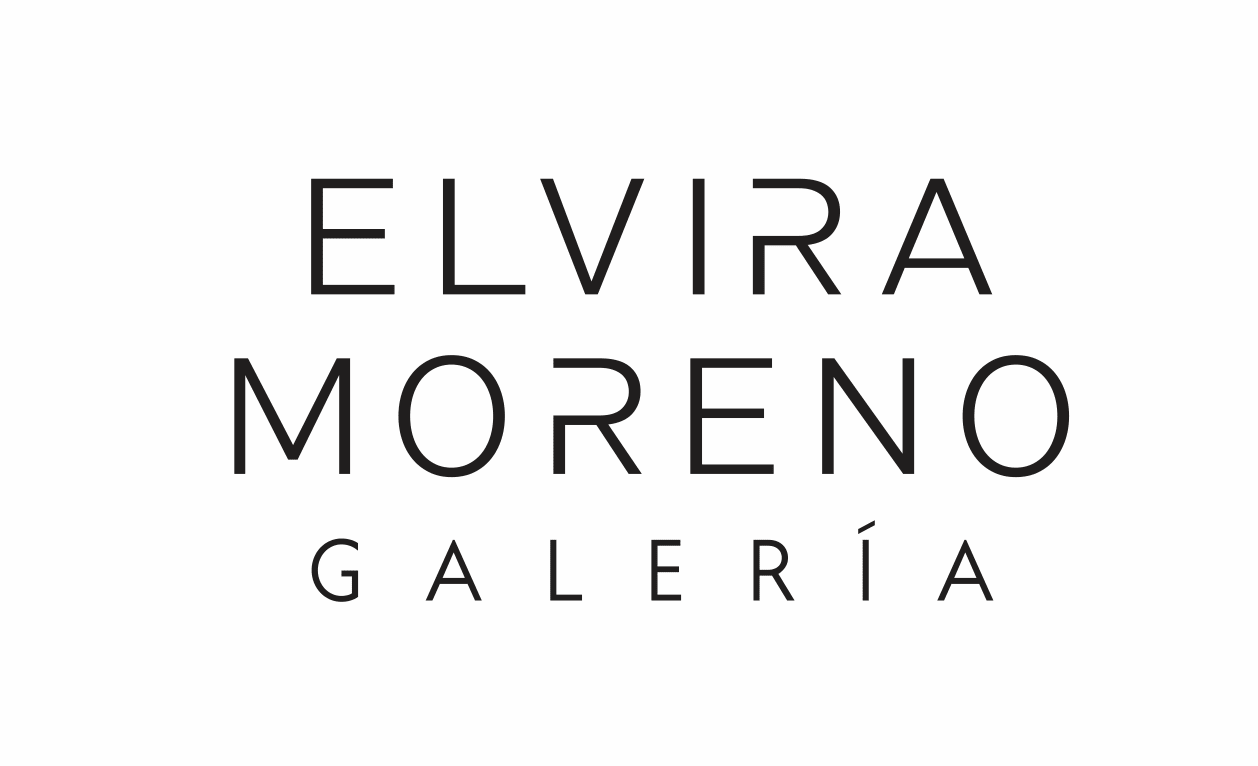Paolo Gasparini (Gorizia, Italy, 1934) is one of Latin America’s most influential photographers, whose lens has traced the contradictions of modernity across the continent. After emigrating to Venezuela in 1954, his work evolved within the confluence of European postwar realism and the political awakening of Latin American cities. Through decades of travel between Caracas, Havana, Mexico City, and the Guajira desert, Gasparini constructed a photographic language that fuses architecture, typography, and human movement into dense visual essays.
His practice occupies the intersection of documentary photography and cultural criticism: the camera operates not as a neutral instrument but as a tool of historical reflection. Gasparini’s oeuvre redefines Latin America’s image from within—neither folkloric nor exoticized—portraying instead its urban dissonances, revolutionary fervor, and social architectures. His photobooks, such as Para verte mejor, América Latina and Retromundo, remain canonical studies in the semiotics of the street and the politics of representation


